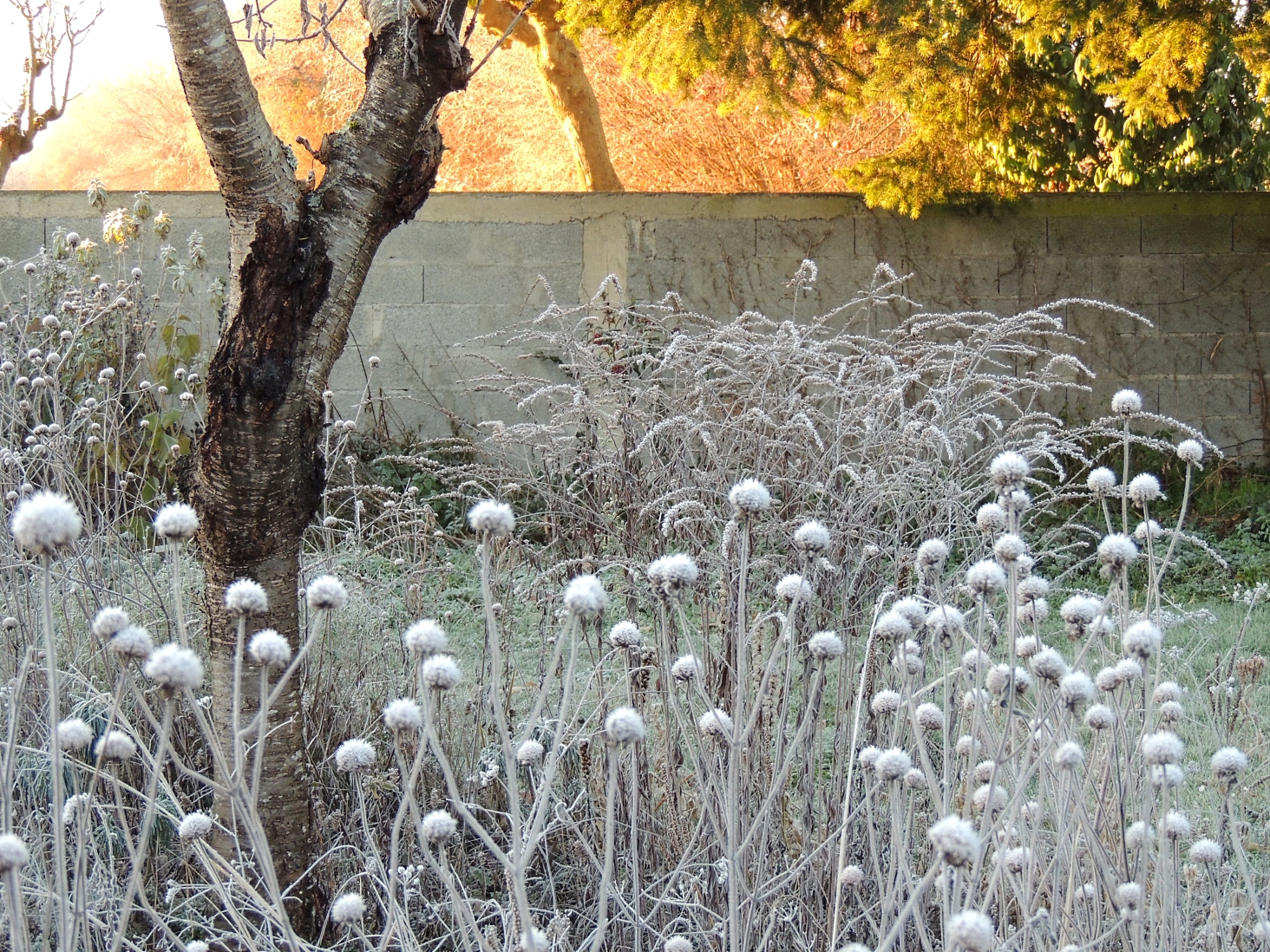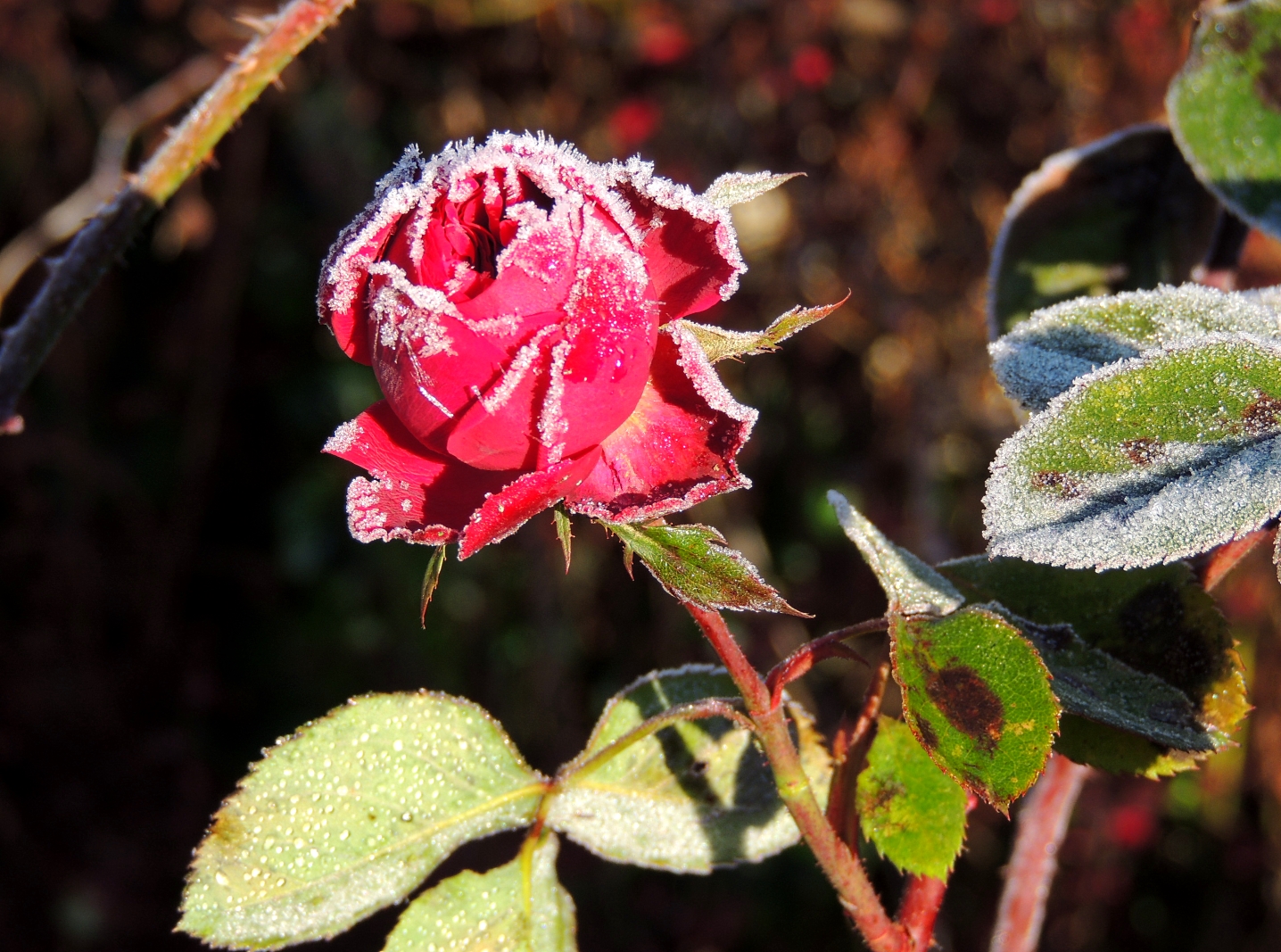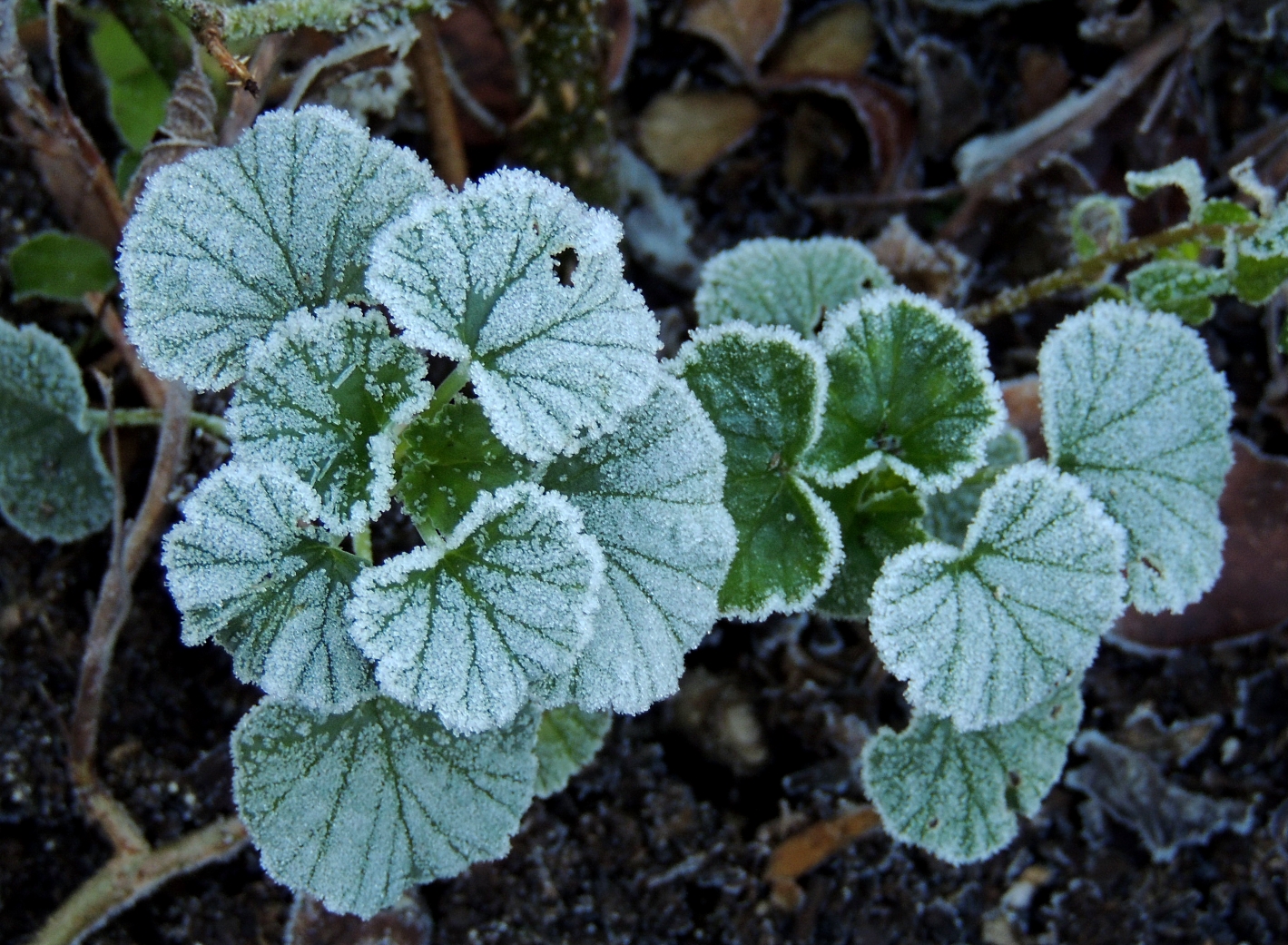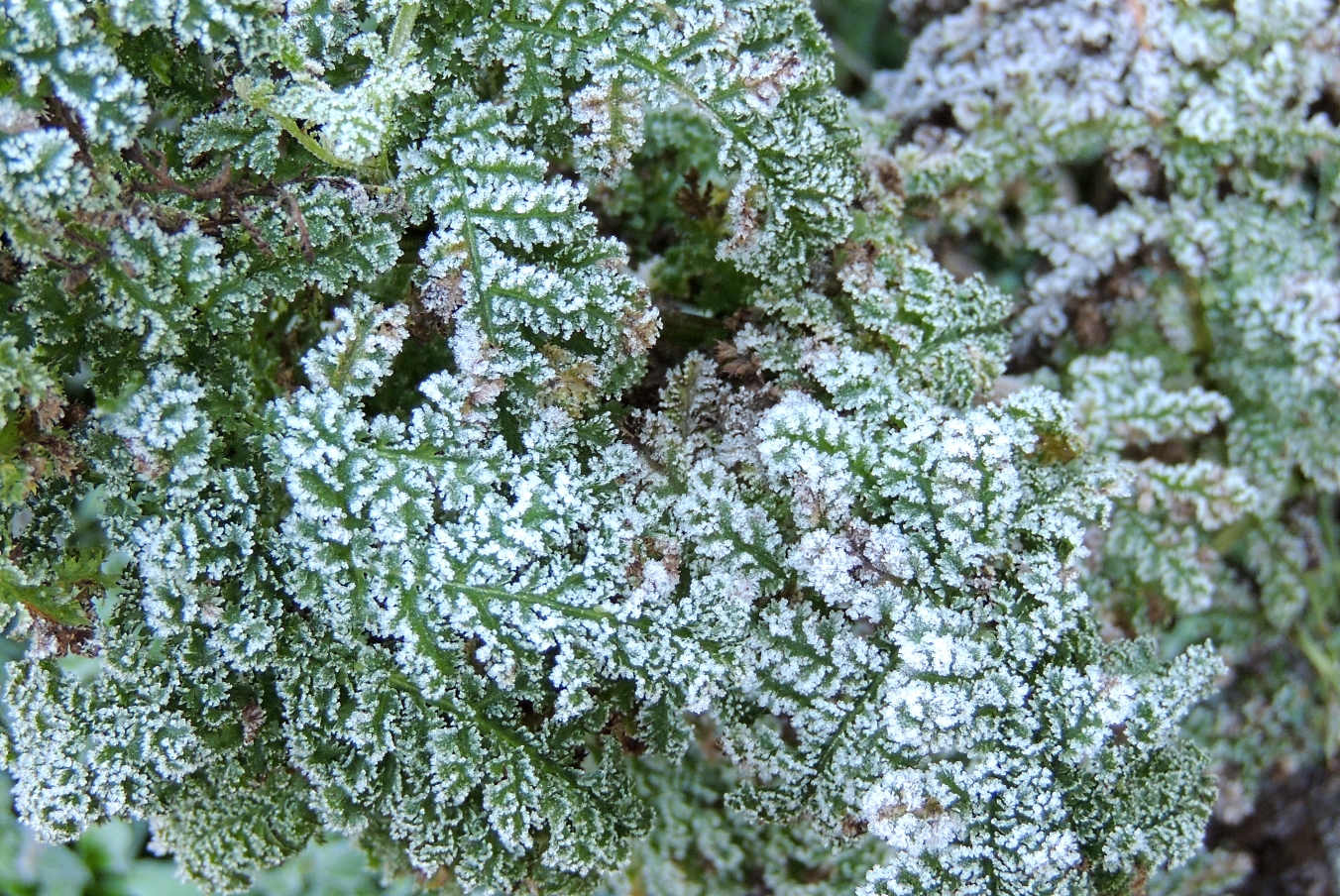
It rained, 12 cms or so, yesterday evening and overnight. I felt as if I could feel it on my own skin even though I was indoors. My no-watering policy has been tested almost to the limits of my endurance, never mind the plants. Of course, the pain is caused by my playing with the edges of what the garden can take, and this summer, I have discovered more hot spots than I knew existed in nearly 17 years of gardening here. These hot spots haven’t always existed- but they are new evidence of the effects of climate heating in our part of the world. If and when we move to a new house, my garrigue garden plans are essential as I manoeuvre to find ways to grow plants that will make a garden a a good space for animals, insects, birds and humans.
So what has happened in drought tolerance that has changed in this summer? Hibiscus trionum is a pretty and tough shrub- this one I grew from seed about 12 years ago, and is now a 1.5m slim bush which has taken care of itself with no problems in previous summers. This summer burnt it, though it will shake the burn off as temperatures cool a little and with some more rain.

Phillyrea angustifolia is a tough, slow growing shrub which resembles an olive tree in leaf form and robustness. This one below was in a pot for the previous two summers, and this spring I planted it out in a mixed border. It had obviously not had enough time, even with four months or so, to get roots down enough into the soil. Not yet being very big, and my garden eyes being exhausted by all the heat and dryness, I didn’t spot it suffering in time. I think it will make it though.

Last month I took some photos of Plantago major rubrifolia looking beautifully ruby-coloured in the new tear-shaped border. I am so pleased with it, as the colouring has faded and the seedheads are dried to a crisp, but that plant is still here and will definitely survive.

In the Stumpery, the ferns and persicaria have absolutely bitten the dust, the ferns will probably try for a comeback, the persicaria may not this year, but hey, Salvia spathacea, the rare Californian Salvia, grown from seed, is still green if a little bashed. I shall be overjoyed if it flowers, but that may be asking too much.


Tagetes lemmonii has the most extraordinary smelly foliage- which even I can smell. Burnt coriander mixed with lemon gets close as a description, and my plants are slow to grow, actually needing plenty of heat to even get above ground, but the feathery foliage is pretty and green when not much else is looking so fresh and the custard-coloured marigold flowers come in October.

Cheating here, as these penstemons grow near a pot or in one- which I do water daily in the summer. Penstemon schoenholzeri flowers for months, scavenging water from the overflow of a scented pelargonium, and is a total joy especially when the tansy gets going. I got Tanacetum vulgare ‘Crispum’ as a small clump years ago, and it has always been very well-behaved for me. The foliage is standout in my view- fresh green all summer and beautifully frilly and ferny in appearance- and to top it all, you get the bright yellow button flowers as well.

This smokey purple Penstemon is a new one to me this year, and is in a pot ready for departure when we move. I have taken masses of cuttings already, as I love the cloudy coating on the buds before they flower, and the whole plant has a very upright and sturdy form. Penstemon ‘Russian River’ is splendid.

In the tear-shaped border which I made last year with an Australian emphasis celebrating our trip there 3 years ago, Dianella caerulea Cassa Blue has been a great choice. The first year was a wee bit touch-and-go, but this year, with no irrigation, it has really settled in and seems unphased by cold or drought. It is not tall, being about 50cms maybe, but the foliage is upright, clumps well and holds the blue tinge in the name really well in the second year. Tiny flowers came in our very hot spring, which will probably look a bit more impressive in later years. I like it.
Next to it, you can see the toasted foliage of Pittosporum tenuifolium Golf Ball, which is one tough customer normally, so I hope it will recover. The feathery foliage in the foreground comes from Vernonia lettermannii– a super good plant which I wrote about a few weeks back. It’s called Ironweed for a good reason.

In the heat, some colours really did sing. In a watered pot because it’s a tender shrub is Abutilon pictum (also known as Red Vein and Abutilon striatum), which I bought from Gill Pound in the Languedoc before she retired. What an orange…

















